
[See coverage by the NYtimes, Fortune, Boing Boing, other press]
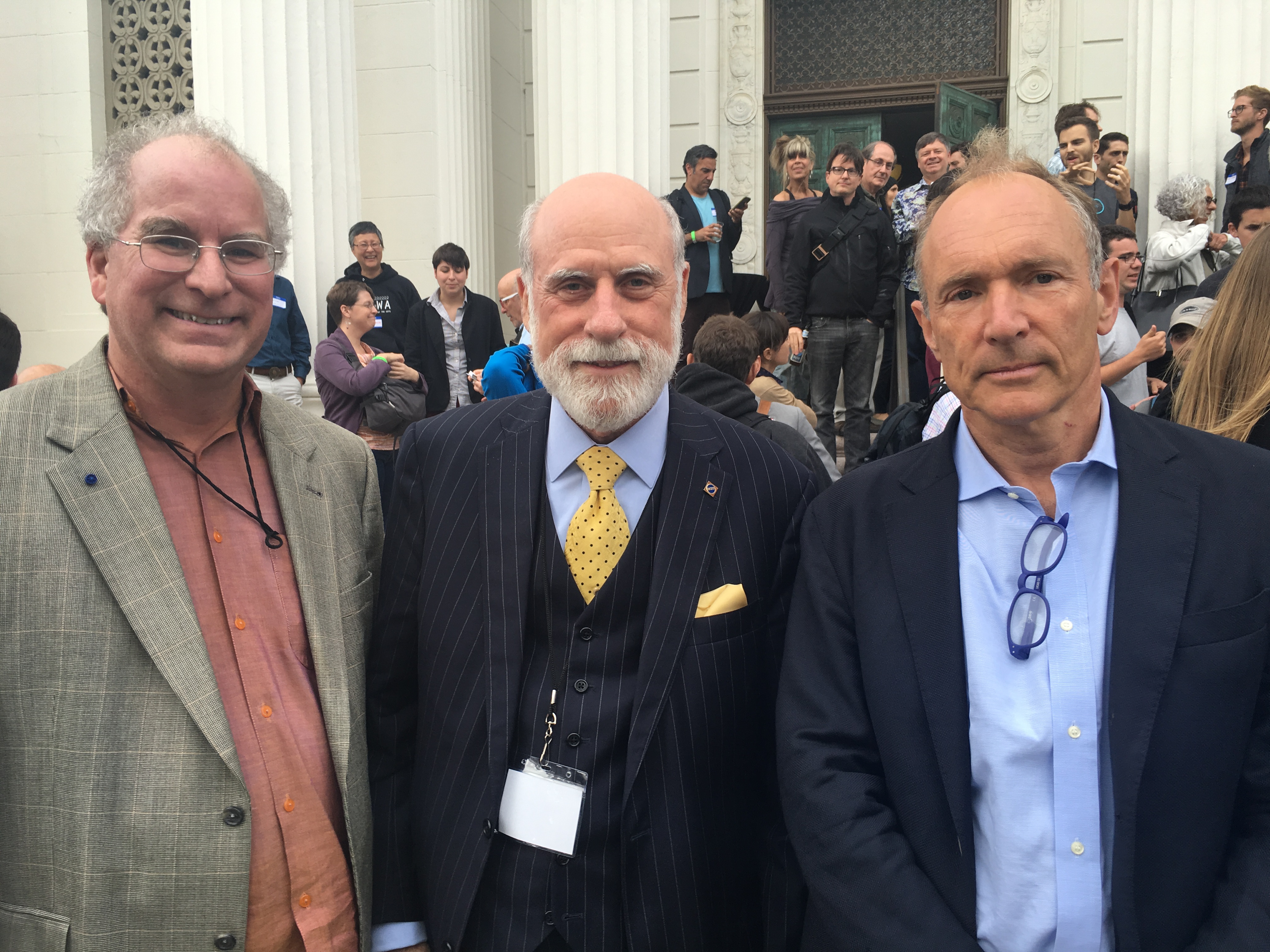
Internet Archive Founder, Brewster Kahle, the father of the Internet, Vint Cerf and Sir Tim Berners-Lee, “father of the World Wide Web,” at the first Decentralized Web Summit in San Francisco.
More than 300 web architects, activists, archivists and policy makers gathered at the Internet Archive for the first Decentralized Web Summit, where I was honored to share a stage with internet pioneers, Vint Cerf, and Sir Tim Berners-Lee. We wanted to bring together the original “fathers of the internet and World Wide Web” with a new generation of builders to see if together we could align around–and in some cases reinvent–a Web that is more reliable, private, and fun. Hackers came from Bangkok to Boston, London and Lisbon, New York and Berlin to answer our call to “Lock Open the Web.”
Building a web that is decentralized— where many websites are delivered through a peer-to-peer network– would lead to a the web being hosted from many places leading to more reliable access, availability of past versions, access from more places around the world, and higher performance. It can also lead to more reader-privacy because it is harder to watch or control what one reads. Integrating a payments system into a decentralized web can help people make money by publishing on the web without the need for 3rd parties. This meeting focused on the values, technical, policy, deployment issues of reinventing basic infrastructure like the web.
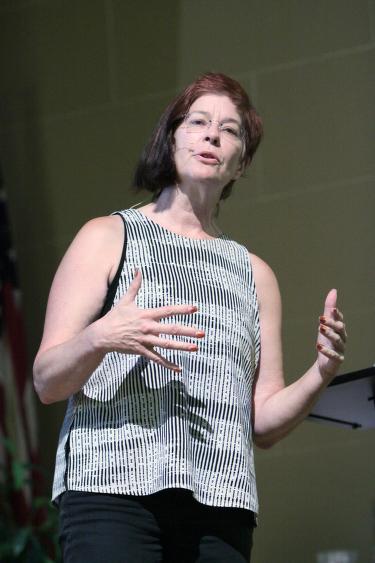 First in the opening welcome, Mitchell Baker, head of Mozilla, reported that Mozilla, the company that made open main-stream, is going back to the core values, focusing on what users want the Web to be. Mitchell said Mozilla is rethinking everything, even what a browser should be in the coming age. She highlighted four principles we need to think about when building a Decentralized Web: that the Web should be Immediate, Open, Universal and have Agency–that there are policies and standards that help users mediate and control their own Web experiences. Talking about the values that need to baked into the code turned out to be the dominant theme of the event.
First in the opening welcome, Mitchell Baker, head of Mozilla, reported that Mozilla, the company that made open main-stream, is going back to the core values, focusing on what users want the Web to be. Mitchell said Mozilla is rethinking everything, even what a browser should be in the coming age. She highlighted four principles we need to think about when building a Decentralized Web: that the Web should be Immediate, Open, Universal and have Agency–that there are policies and standards that help users mediate and control their own Web experiences. Talking about the values that need to baked into the code turned out to be the dominant theme of the event.
 Next, Vint Cerf, Google’s Internet Evangelist and “father of the Internet,” called for a “Self-Archiving Web” in the first keynote address. He described a “digital dark age” when our lives online have disappeared and how a more advanced Web, one that archives itself throughout time, could help avoid that outcome. Over the three days of events, how to actually build a Web that archives itself came to seem quite doable. In fact, several of talented groups, including IPFS and the Dat Project, demonstrated pieces of what could make a Decentralized Web real.
Next, Vint Cerf, Google’s Internet Evangelist and “father of the Internet,” called for a “Self-Archiving Web” in the first keynote address. He described a “digital dark age” when our lives online have disappeared and how a more advanced Web, one that archives itself throughout time, could help avoid that outcome. Over the three days of events, how to actually build a Web that archives itself came to seem quite doable. In fact, several of talented groups, including IPFS and the Dat Project, demonstrated pieces of what could make a Decentralized Web real.
Tim Berners-Lee (father of the Web) opened by saying the current technology and protocols could and should e volve to incorporate what we want from of our Web. He told us he created the
volve to incorporate what we want from of our Web. He told us he created the
Web to be decentralized, so that anyone could set up their own server or host their own domain. Over time the Web has become “siloized” and we have “sold our soul of privacy in order to get stuff for free.” When Tim said rethinking the HTTP specification is feasible–the possibilities for change and improvement opened up for everyone.
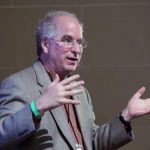 Brewster Kahle of the Internet Archive (me) ventured we wanted a Web that baked our values into the code itself– Universal Access to all
Brewster Kahle of the Internet Archive (me) ventured we wanted a Web that baked our values into the code itself– Universal Access to all
Knowledge, freedom of expression, reliability, reader privacy, and fun.
To build reliable access requires serving websites from multiple places on the net. We heard proposals to build “multi-home” websites using content-addressible structures rather than contacting a single website for answers. There were demonstrations of ZeroNet, IPFS, and DAT that did this.
Protecting reader privacy is difficult when all traffic to a website can be monitored, blocked, or controlled. The security panel that included Mike Perry of Tor and Paige Peterson of MaidSafe, said that having one’s requests and retrieved documents “hopping around” rather than going straight from server to client can help ensure greater privacy. Combining this with multi-homed access seems like a good start.
We can start making a smooth transition from the current Web to leverage these ideas by using all of our current infrastructure of browsers and URL’s–and not requiring people to download software. While not ideal, we can build a Decentralized Web on top of the current Web using Javascript, so each reader of the Decentralized Web is also a server of it, allowing the Web naturally to scale and reinforce itself as more readers joined in. The Internet Archive has already started supporting this projects with free machines and storage.
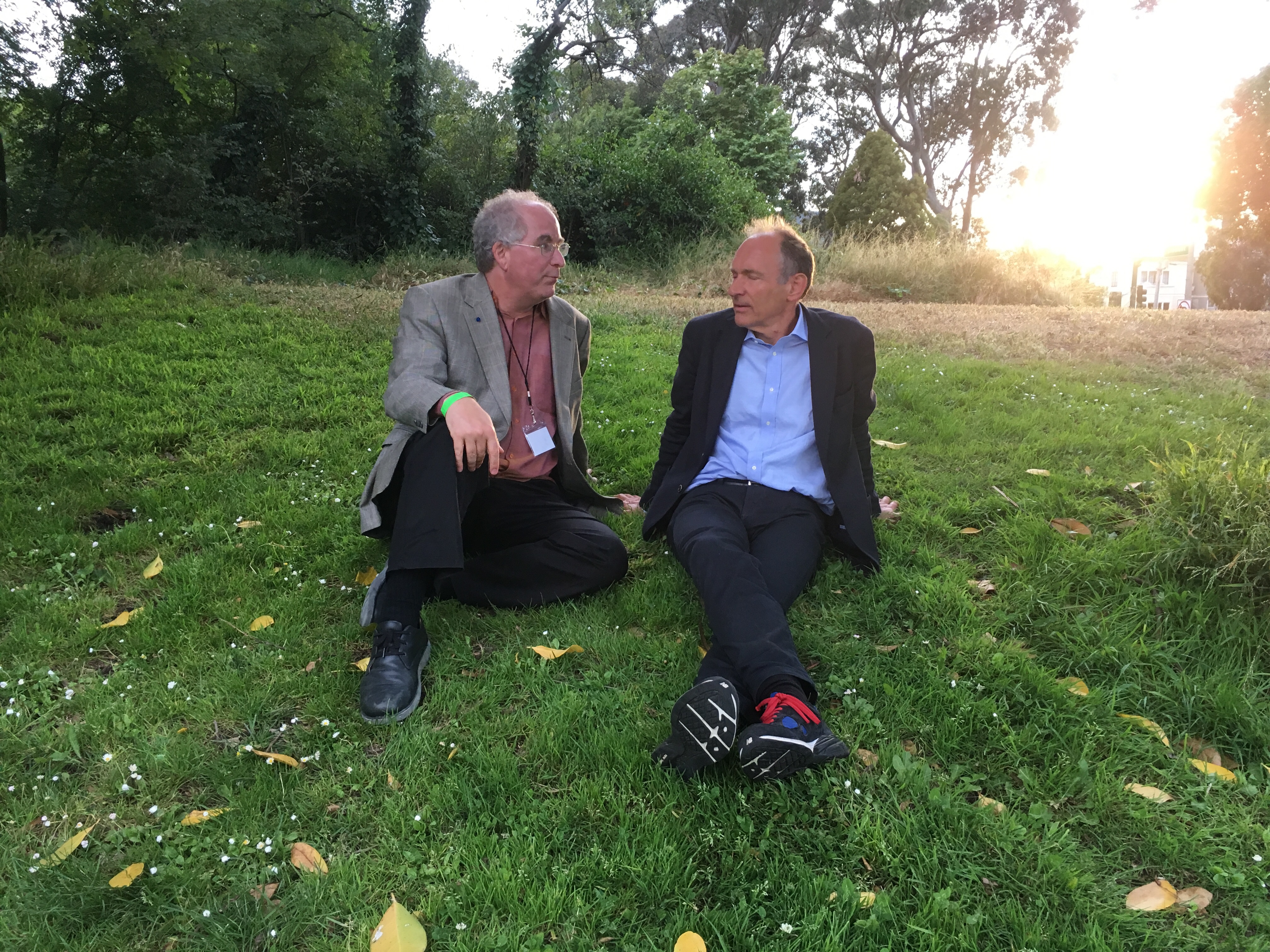 “Polyfill” was final bit of advice I got from Tim Berners-Lee before he left. Polyfill, he said is a kind of English version of Spackle, that is used to fix and patch walls. In this case, Polyfill is Javascript. He said that almost all proposals to make a change to the Web are prototyped in javascript and then can be built in as they are debugged and demonstrated to be useful.
“Polyfill” was final bit of advice I got from Tim Berners-Lee before he left. Polyfill, he said is a kind of English version of Spackle, that is used to fix and patch walls. In this case, Polyfill is Javascript. He said that almost all proposals to make a change to the Web are prototyped in javascript and then can be built in as they are debugged and demonstrated to be useful.
There we have it: let’s make polyfill additions to the existing Web to demonstrate how a Reliable, Private, and Fun Web can emerge.
Congratulations to the Internet Archive for pulling this together.
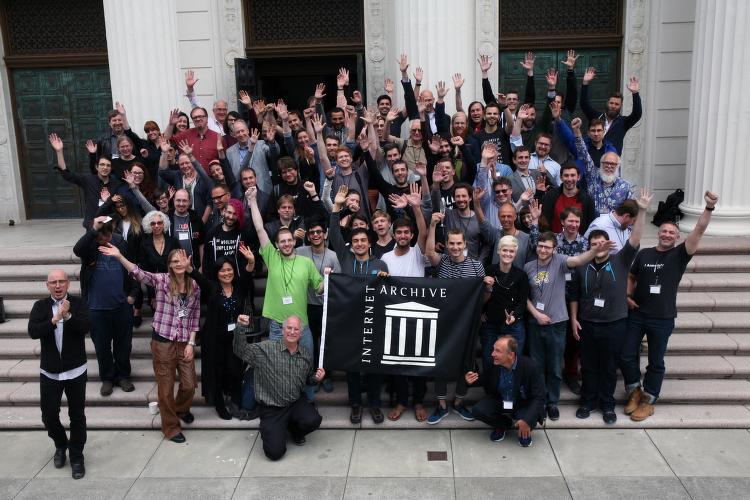
When was the bit about polyfill?
In Tim’s main talk/Q&A or another part of the event?
One more point – I have developed the first example of a PWP, personal web publication, using WordPress.
Her is an example of a document from the original source and on the 5doc.org site which can be downloaded and read offline (i.e. archived).
Original: http://www.w3.org/2016/09/TPAC/
5DOC sample: http://samples.5doc.org/content/w3c-tpac-2016/
Click the red “5” to download and read offline no internet service required.